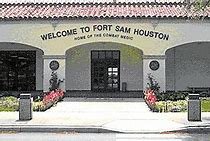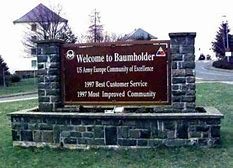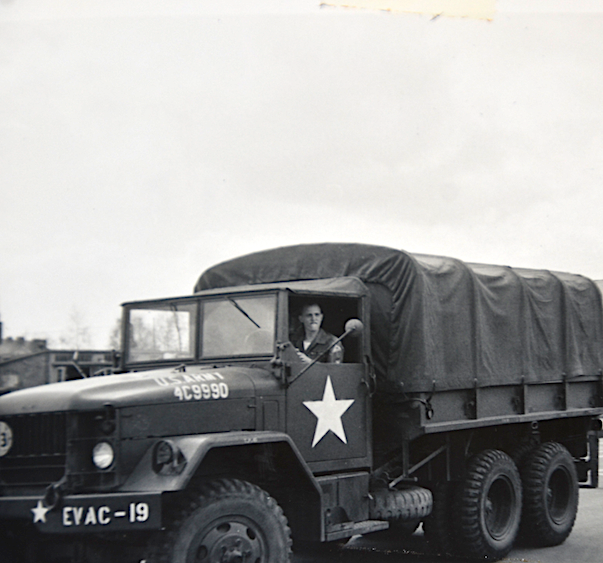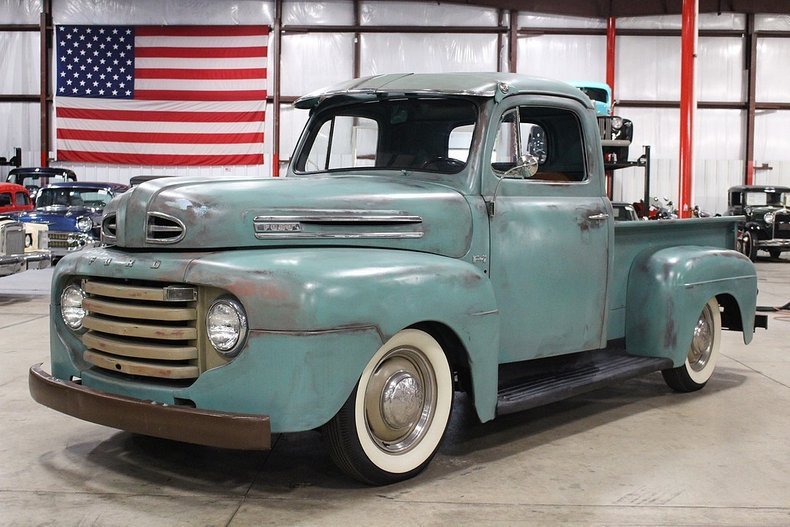Gerald Lasater
Gerald Lasater, US Army, Edgewood, Texas
Gerald Lasater was born on May 12th, 1941 in Edgewood, Texas. He had one brother and four sisters, Mari, Pat, Sue and Stephanie. His brother, Larry was in the National Guard. His father served in the Army and his stepdad served in the Navy, on a tanker during WWII. Later his step dad he drove for United Van Lines as a truck driver.
“When I was in high school I had a choice between gym and ROTC, and I took ROTC,” said Gerald. “In the summertime I would go with my stepdad on trips.
I remember a trip where he was delivery furniture and we stopped somewhere in Victoria, Texas. The movie “To Hell and Back” had just come out and he and went to see it at an indoor theatre,” he laughed. “I loved that movie and watch it every time it comes on TV. Audie Murphy was an exceptional actor,” said Gerald matter of factly. “The VA sent me to the Audie Murphy Memorial Hospital in San Antonio several years ago,” he said.
MILITARY SERVICE
“I was 17 years old and volunteered for the Army. I was too young to join so my mother had to sign for me. I had been in the Army ROTC in High School so I knew a little bit about the military.
I signed up for four years in Wichita Falls and went to boot camp in “Fort Lost in the Woods Misery,” known as Fort Leonard Wood, Missouri,” laughed Gerald. “From there I went to Ft. Sill, Oklahoma for artillery training. My National Guard unit in Wichita Falls was an artillery unit and so I was sent to Oklahoma to train there. I trained in the 105MM Howitzers, similar to the one on the Plaza at the Veterans Memorial,” he said.
Gerald was at Ft. Sill for eight weeks of artillery training and from there he was sent back to his Reserve National Guard unit. “We had drill on Monday night and one Sunday a month and two weeks continuous in the summer. I stayed in the National Guard for two years and went fulltime active duty with the Army in 1960 for three years,” Gerald said.
MEDICAL TRAINING
When Gerald started his active duty in the Army he was sent for twelve weeks to Fort Sam Houston, Texas for medical training. “I had a lot of options when I went active duty and chose the medical field,” said Gerald.
“I made the change from artillery to medical because I like to sleep under clean sheets at night,” he laughed.
After medical training he was transferred to Fitzsimmons Medical Hospital in Denver, Colorado. “The first morning I woke up to six inches of snow on the ground. But, I had clean sheets and was now a medical corpsman in the Army. My job included emptying bed pans and giving patients baths. It just became a normal routine. It was like a regular job. I got there December 4th of 1960 and left September of 1961.
Baumholder, Germany
“There was a medical clearing company located in Baumholder, Germany and that was my next stop,” said Gerald. “It was a maintenance field hospital location. Four or five times a year we were in the field working like a MASH unit. It was mostly for training. We had three medical clearing sections. Each section was able to move and setup and exist on their own. One section could go to the airfield and the other to the Navy yard and wherever on the other unit. Where there was an embarkation point we could set up there.
We would load all the medical supplies onto one truck, load onto an aircraft, and go where they need us. I was trained for any general medical care needed,” said Gerald.
“I was stationed in Germany from September 1961 to July of 1963. I also drove a 2 ½ ton truck, called a “deuce and a half” while I was there. We transported equipment with these trucks, and they were also used to transport wounded but I mostly drove with them loaded with medical equipment. I liked the German beer and you usually get the warm beer when you went out to the taverns in the countryside but on or near the base we were generally served cold beer.
I had finished my three-year enlistment and got out of the military.”
From July 1963 till March of 1964 Gerald stayed out of the military and then went back into the Army National Guard. “I missed it,” he said.
MEDICAL SPECIALIST IN THE GUARD
During this period the training for reservists had changed to a one weekend a month drill schedule and maintained the two weeks out of the year during the summer. “I stayed in the Guard until July of 1967 when I volunteered to go to Vietnam. They needed medics so I volunteered to go,” said Gerald. “I gave the Army a one-year active duty commitment. Looking back, I don’t know what I was thinking,” he laughed.
“I was married at the time and out of work. I just needed to be doing something, so I volunteered to go. I left on the 4th of July of 1967. I flew into Bien Hoa Air Base, which was about 50 miles south of Saigon. I was assigned to the 425th Medical Detachment Dispensary. I remember in front of our dispensary was a huge wrecking yard of blown up military gear and in back was an ammo dump,” he laughed. “I was the NCOIC ( Non-Commissioned Officer in charge ) of the Dispensary. It was mainly an administrator job.
I had 8 medics under my command. We took care of the medical needs of about three Battalions, with a total of about 5,000 men. We dealt with all types of illnesses of the soldiers both in and out of combat. We dealt with everything from common colds to gonorrhea,” said Gerald.
AMERICAL DIVISION
From the Dispensary south of Saigon Gerald was transferred to the Americal Division which was the 198th Light Infantry Brigade near Chu Lai, Vietnam. “We were a medical clearing station. We would receive the patients, get them stabilized and then send them to other major hospital facilities. I was the Chief Ward Master with three doctors working under me. It was much different from injection penicillin to actually stabilizing wounded battle soldiers around the area.
There was a lot of fighting going on around the Chu Lai area. As a Ward Master I basically ran the hospital ward. I did not actually treat any of the soldiers but made all the logistics for transporting our soldiers to area hospitals for extended medical needs we could not treat in the field. I enjoyed Vietnam but not something I would want to do again. I stayed in Chu Lai from January 1968 to July of that year. I was then transported back to the states as my one-year commitment was over,” said Gerald.
“I was not happy with the reception I got when I returned from Vietnam and I still want to hang Jane Fonda.”
BACK TO THE NATIONAL GUARD
Gerald moved back to Wichita Falls, Texas to be with his National Guard Unit after serving in Vietnam. He stayed in Wichita Falls for about three years until 1971. He went to Bethania Hospital for a year to get his LVN ( Licensed Vocational Nurse ) in Wichita Falls. In 1971 he moved to Edgewood, Texas. He moved there to take care of his grandparents who were still living there at the time. At this time, he transferred from the National Guard to the Army 94th Reserve General Hospital in Mesquite, Texas. It is located in Seagoville today. I went up in rank after receiving my LVN license. I was assigned Chief Warden Master at the General Hospital.” However, in 1977 he transferred from the 94th Army Hospital to the 181st Ordinance Company, guided missile maintenance. “I was a civilian technician for the Army Reserve and the reason I went back to the Ordinance field. I was the first Sargant and had never seen a guided missile in my life,” laughed Gerald. “I am still moving around,” he said. “Next, I applied for the Army Guard Reserve Program. These were technicians or reservists on active duty tours in a specific area. At that time, I had become a Battalion Supply Sargant for the 519th Maintenance Battalion in Dallas. I had to take a grade reduction to get the job, but it was still worth it. My base pay and living expenses was about $4,000 a month at that time. Anything the units under the Battalion needed we supplied it. I stayed here until I retired in 1989. I had spent a total of 31 years in the military.”
“The best food I had in the military was SOS ( a military food term known as shit on shingles, usually creamed chipped beef on toast.
I hated C-rations. Especially spaghetti. The MRE’s today a lot better than the C-rations we use to get.”
“A funny story about the military was Christmas 1962. A Sargant in my platoon was having a Christmas Party. He was married to a German girl and her family was there visiting. I was at the party and I felt myself getting high so I quit drinking and started drinking coffee. His sister-in-law started putting orange flavored vodka in my coffee. I got drunker than a hoot-owl,” he laughed.
AFTER RETIREMENT
After retirement Gerald couldn’t sit still. He went to work for the state prison system as a correctional nurse. The prison was located in Palestine. “Even though I was retired from the military I still needed a job and was too young to draw my retirement,” he laughed. “I was 48 years old when I retired from the military. “It was different at the prison but I enjoyed it. I worked there for five years and then went to work for the University Tech Health Center in Tyler. My primary job there was correctional nursing at the Smith County Jail. I stayed there for another five years and then went back to the state for my last two years before I could start drawing retirement. In 2001 I retired for good. I was still living in Palestine and eventually moved back to Edgewood in 2009. My wife had died in 2008”
ON RETIREMENT
“I like old cars and working on them by can’t afford them. I had a friend of mine in Palestine who owned a trailer park and he had a shop back there were we worked on old cars together. I rented a trailer from him in that trailer park. I hung around his shop and we got to be good friends. We fixed up a 1950 model pickup. We took a model T and took the engine and transmission out. We heard a rattle from the ending and took that thing out about a half dozen times trying to find that rattle. It had an add-on transfer system that made it a higher speed in the rear end and that was where the rattling was coming from. I also helped him rebuild a 1932 Model-A, and a 1939 Ford Sedan. He rebuilt the cars and kept them. My favorite was the 1950 Ford pickup F-1. It was all truck. It had a flat-head V-8. I had a 1975 Ford F-100 super cab at one time and always liked the Fords.
“On my bucket list I want to live to be a hundred,” and Gerald laughed out loud. “I believe in living life to its fullest.”
Gerald, thank you for your service to our country while serving in the United States Army and National Guard and for serving in Vietnam. Your courage and bravery will not be forgotten.
NOTE: Meet other Veterans from Van Zandt County by going to the top of this page and click on MEET OUR VETERANS and click one of the (5) branches of services and the veterans last name first and click to read.
“Every Veteran has a story to tell.” Phil Smith
GOD BLESS OUR VETERANS AND GOD BLESS AMERICA
(ALL photos on this Facebook page are ©2020, Phil Smith and Van Zandt County Veterans Memorial. NO unauthorized use without permission) All Rights Reserved.















